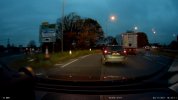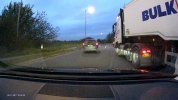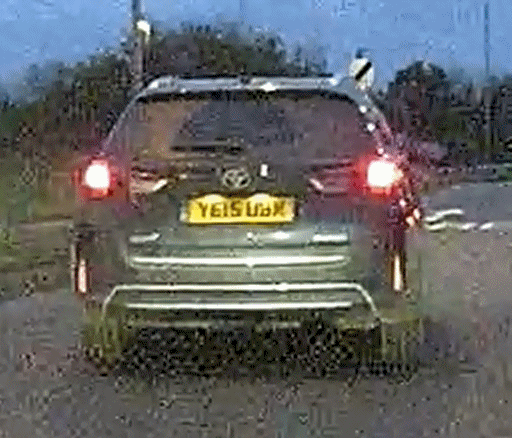TonyM
Well-Known Member
- Joined
- Jul 30, 2013
- Messages
- 5,417
- Reaction score
- 5,095
- Country
- United Kingdom
- Dash Cam
- A139, M1S
What is more important to you in a dashcam recording in low light - image quality or detail? Ideally we would have both, but the limitations of the sensors and lenses used in our dash cameras means there is usually a compromise. Turning up the gain increases the noise and loses fine detail, however the exposure time is reduced and therefore motion blur is also reduced. The high noise video is not really one to keep and share with friends & family, but the better-looking low noise video might not record essential details.
Take these two examples. Both cameras are set at 30fps.
A119 1440p30 - low noise - motion blur
Mobius 2 1080p30 - high noise - less motion blur




If you needed to submit video evidence in the event of an accident, which one would you prefer to have available? Of course that may depend on the nature of the incident. A number plate of the car in front may be more important than the plate on an adjacent vehicle or a stationary object at the side of the road, for example.
Take these two examples. Both cameras are set at 30fps.
A119 1440p30 - low noise - motion blur
Mobius 2 1080p30 - high noise - less motion blur




If you needed to submit video evidence in the event of an accident, which one would you prefer to have available? Of course that may depend on the nature of the incident. A number plate of the car in front may be more important than the plate on an adjacent vehicle or a stationary object at the side of the road, for example.

